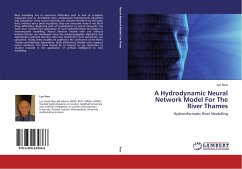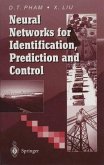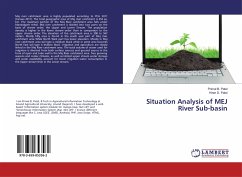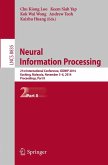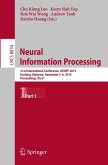River modelling has to overcome difficulties such as lack of complete measured data or incomplete data, complicated hydrodynamic equations and turbulence. Since neural networks can simulate directly from the given data, without any a priori equations, they can overcome many if not all of these difficulties. Beginning with an introduction to neural networks, the work then considers the application of such hydroinformatic techniques to river/estuarine modelling. Neural network models with and without bottom friction are developed using the backpropagation algorithm and appropriate optimum learning rates and momentum term parameters are calculated. Finally, these models are applied to the confluence of the Rivers Thames and Medway. Appendices: finite differences, Matlab code, support vector machines. This book should be of interest to any researcher or student involved in the application of artificial intelligence to river modelling.
Bitte wählen Sie Ihr Anliegen aus.
Rechnungen
Retourenschein anfordern
Bestellstatus
Storno

